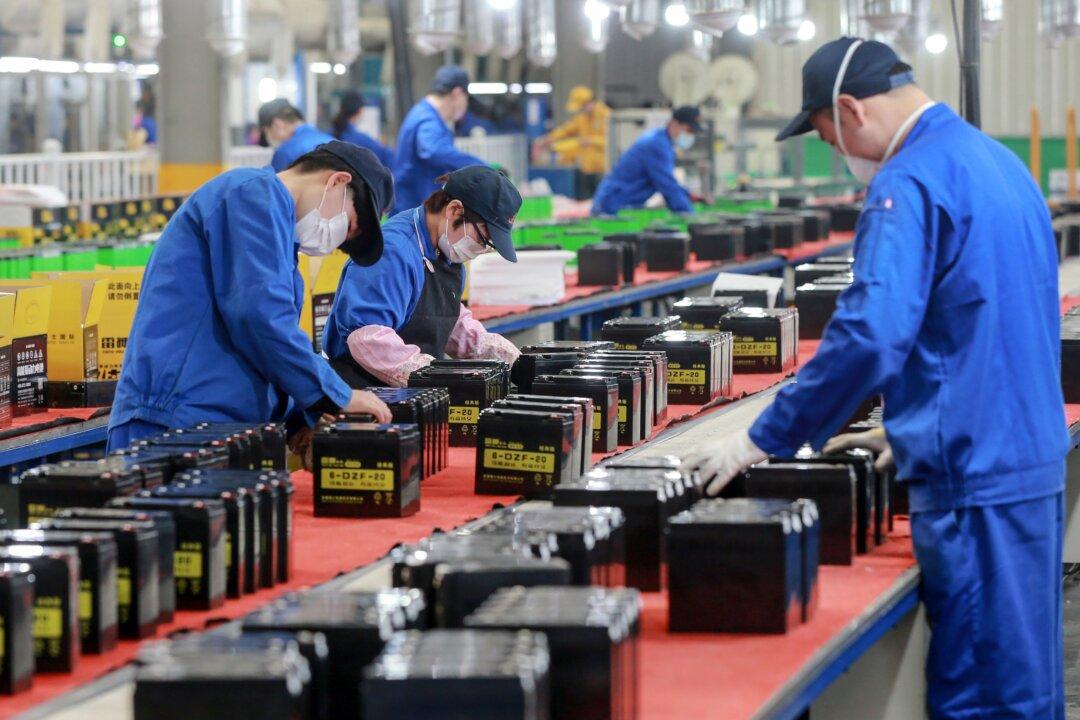NEW DELHI—The year 2021 saw China gaining a smaller share of global supply chain investments, compared with the previous year, while India turned out to be a beneficiary of global companies looking for alternate manufacturing locations.
Global trends, geopolitical rivalries, and India’s national economic policies for self-reliance are likely to ensure that this trend will continue. A global business analyst said India’s long-term success as an alternate manufacturing base for the global supply chain will depend upon the nation’s solutions for sustainable national water management.





